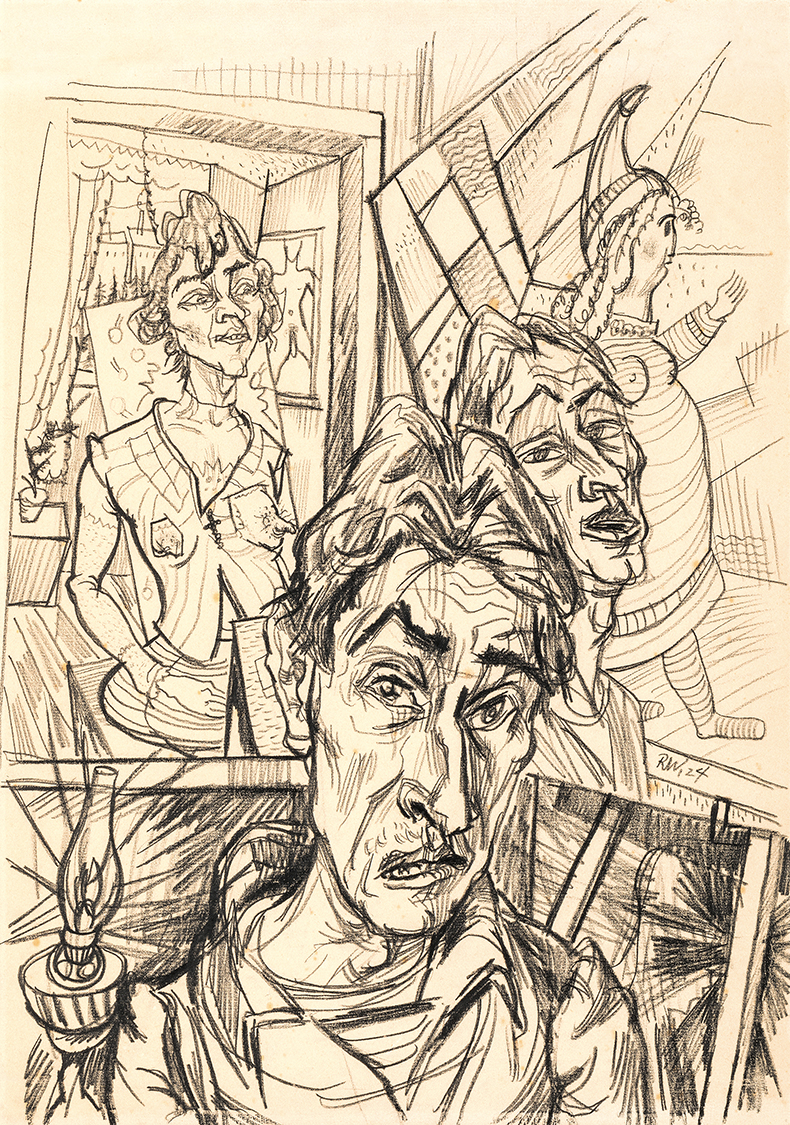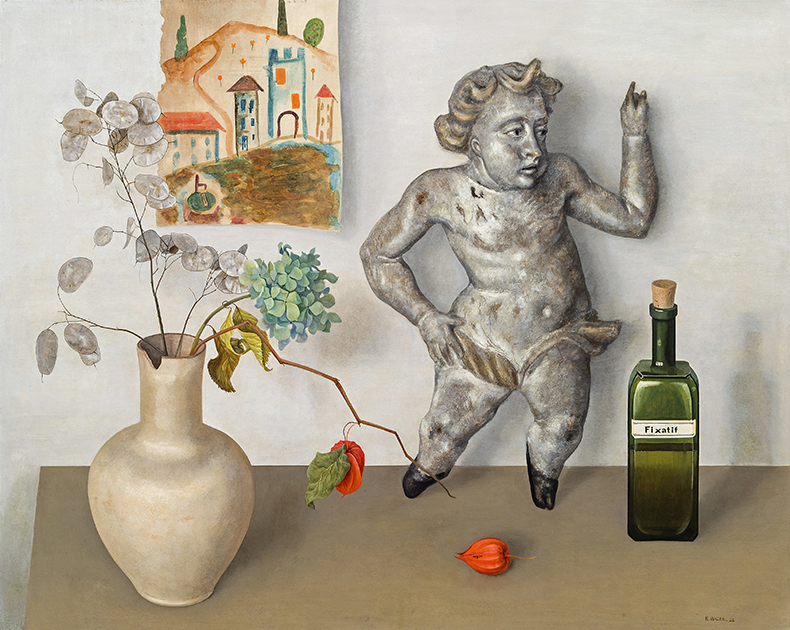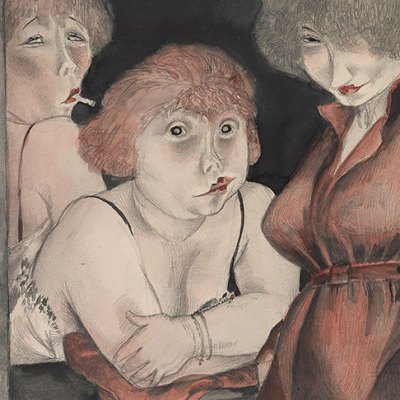While serving in the Austrian army in 1915, Rudolf Wacker, then 22 years old, was captured by Russian forces in Poland and spent the next five years in captivity in Siberia. After this traumatic experience, Wacker, who had attended art school before his military service, became increasingly political. Experimental self-portraits, still lifes of rotting bouquets and depictions of deformed puppets, such as Broken Doll’s Head (1932), evoked the social disintegration of society after the war. Wacker became the foremost exponent of New Objectivity in Austria, his work echoing the disenchantment of German contemporaries such as Max Beckmann and Otto Dix, both of whom feature in the largest display of Wacker’s work to date at the Leopold Museum in Vienna (30 October–16 February 2025). Here, more than 200 drawings, paintings and notebooks demonstrate Wacker’s ‘magical realist’ style, technical skill and disdain for oppressive political and social structures right until his end: a heart attack brought on by being questioned by the Gestapo in 1939. Find out more from the Leopold Museum’s website.
Preview below | View Apollo’s Art Diary
Broken Doll’s Head (1932), Rudolf Wacker. Private collection

Self Portrait (with Self-Portrait and Collage Mrs. Klimesch) (1924), Rudolf Wacker. Vorarlberg Museum

Still Life with Angel (1933), Rudolf Wacker. Private collection, Hessen




